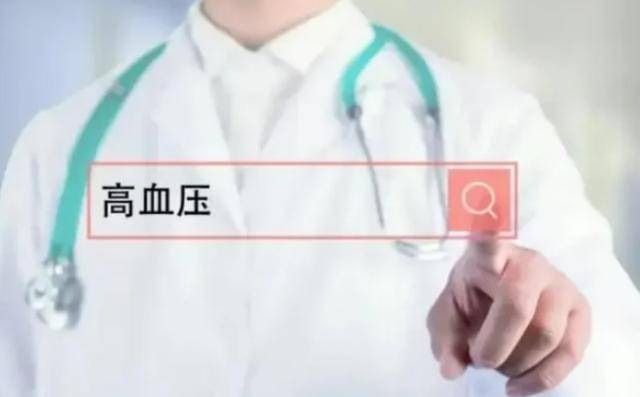Hypertension, also known as high blood pressure, is a clinical syndrome where the pressure exerted by blood flowing through blood vessels remains consistently higher than normal, which can be accompanied by functional or organic damage to organs such as the heart, brain, and kidneys.
According to statistics from the Health Bureau in 2022, the number of people suffering from hypertension in our country has reached 245 million, with 27.9% of residents over the age of 18 being hypertensive. This figure indicates that 3 out of every 10 adults in our country have hypertension.
These 4 “signs” could be indicators of hypertension! If you notice them, it suggests that your blood pressure is rising.
1. Headache
After blood pressure rises, patients may experience throbbing pain at the temples and back of the head. Especially in the morning after getting up, the blood circulation speed in the brain is faster than when asleep, and if blood pressure suddenly elevates, the pain symptoms will be more pronounced.
After physical activity, the overall blood circulation speed increases, which can also lead to fluctuations in blood pressure, making headache symptoms more noticeable.
2. Limb numbness and bleeding
The late-stage symptoms of arteriosclerosis include limb numbness and functional disorders due to ischemia, resulting in limb numbness. Severe bleeding can lead to situations such as conjunctival rupture.
If you frequently feel vague and swollen pain in your head recently, you should also be cautious about the onset of hypertension. Headaches caused by high blood pressure often occur in the morning upon waking, and after a period of activity, they may gradually improve. Pain can easily manifest at the temples and back of the head, with severe cases creating a sensation of the head bursting.
3. Tinnitus
Some may think that tinnitus is a problem primarily affecting the middle-aged and elderly, but in the past two years, many young people have also frequently experienced tinnitus, which can be caused by numerous factors, one of which is likely elevated blood pressure.
As blood pressure continues to rise within the body, the blood vessels may slowly harden, leading to inadequate blood supply to the head, which can affect hearing and result in tinnitus.
4. Nosebleeds
Many people experience nosebleeds in autumn and winter due to dry nasal mucosa and fragile blood vessels.
However, it’s important to note that hypertension can also cause nosebleeds, especially in elderly hypertensive patients. In autumn and winter, due to temperature changes, blood pressure can easily fluctuate, leading to ruptured blood vessels in the nasal mucosa and subsequent bleeding.
Many elderly individuals have been diagnosed with hypertension after multiple episodes of nosebleeds prompting them to seek medical attention, which is something to take note of.
The new blood pressure standards have been announced, which are no longer 120/80; your blood pressure may no longer be within the normal range.
Normal diastolic/systolic pressure: 130/85 mmHg
Borderline hypertension: 131~139/86~89 mmHg
Stage 1 hypertension: 140~159/90~99 mmHg
Stage 2 hypertension: >160/100 mmHg
Thus, it can be seen that the latest blood pressure standard has been adjusted to 140/90 mmHg; those with blood pressure higher than 120/80 mmHg but lower than 140/90 mmHg are not considered to have true hypertension.
Preventing hypertension starts with little things, focusing on 3 aspects that may help easily lower blood pressure.
1. Scientific exercise
To effectively prevent hypertension, many small tasks need to be well-managed, particularly through regular exercise.


